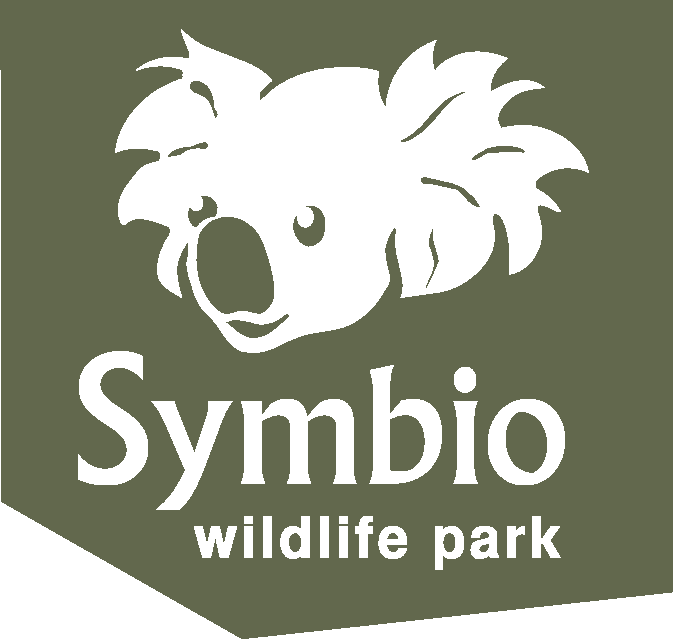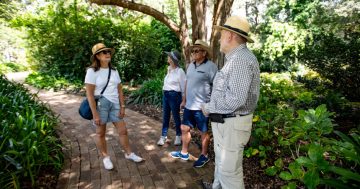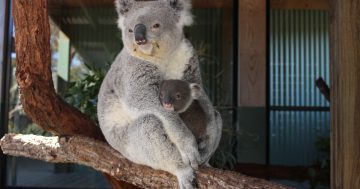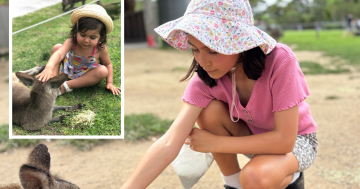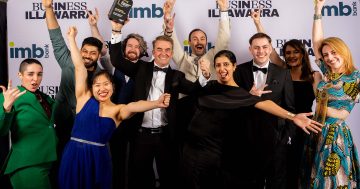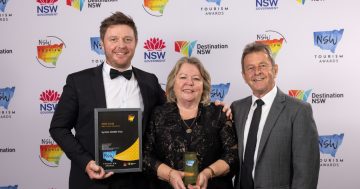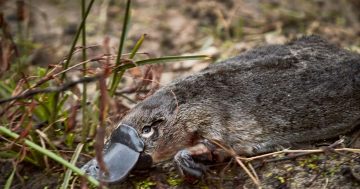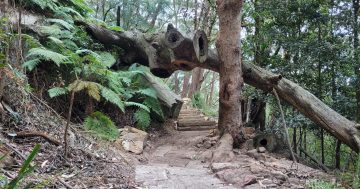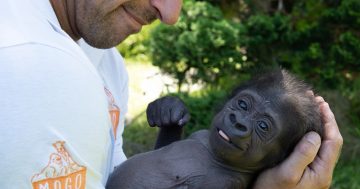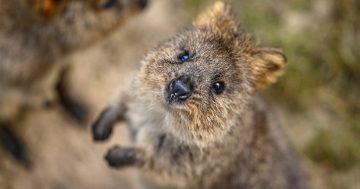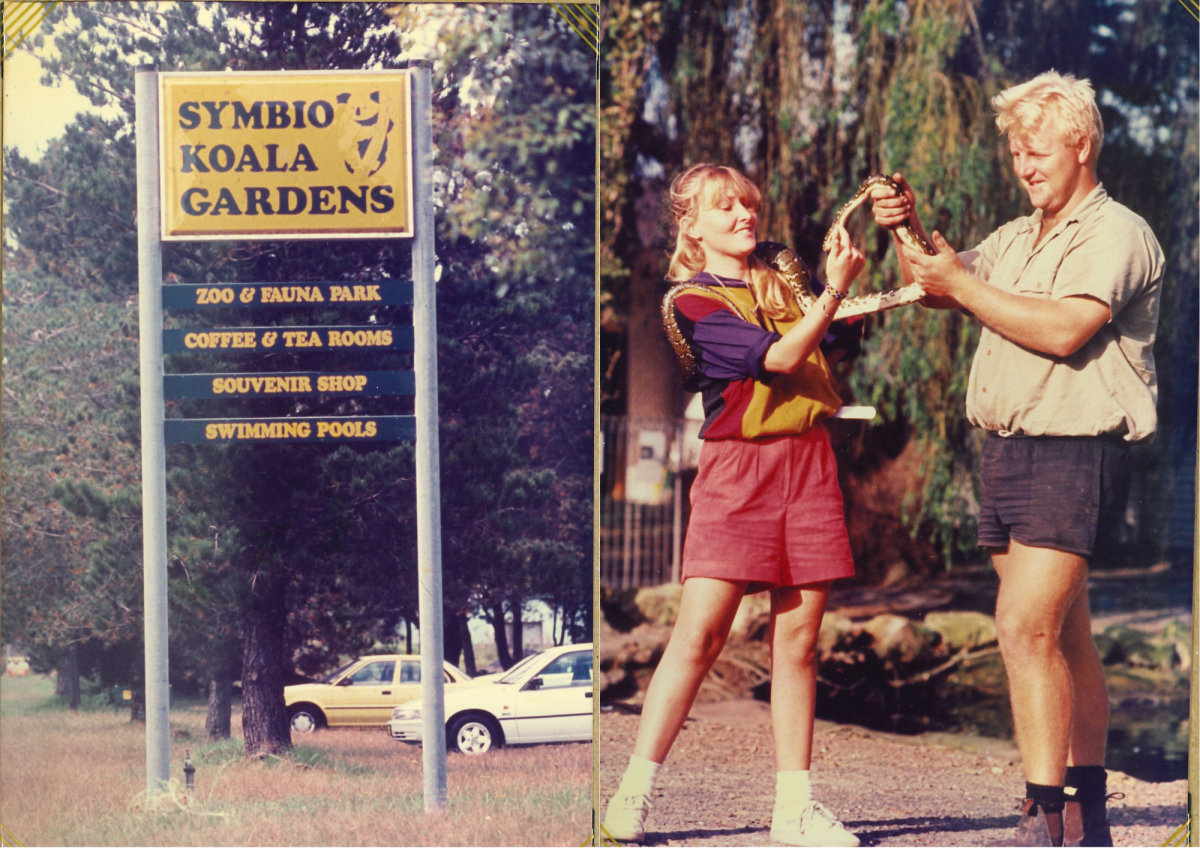
Symbio Wildlife Park has come a long way in 50 years — and its next chapter is just beginning. Photos: Symbio Wildlife Park.
When a 12-year-old Matt Radnidge first started raking pony yards at Symbio Wildlife Park for $10 a day, he didn’t realise he’d one day be helping lead it into a new era of conservation and purpose.
Today, he’s part of the family that owns and operates the park, and is preparing to celebrate a milestone — albeit belatedly.
“In preparation for what we thought would be our 50th anniversary, we obtained old articles and memorabilia from descendants of the founders. In particular, we tracked down an old article from the Sutherland Shire Leader, which revealed that Symbio had in fact opened in December 1971. We missed its 50th anniversary by three years,” Matt laughs. “It’s not going to stop us from celebrating though.”
That founding family, the Maplesons, only ran Symbio for a brief stint, from 1971 to 1975. But their vision left a lasting mark.
“We also obtained an old handwritten pamphlet … that talks about what they were trying to build — a place for animals, wildlife, education and conservation and creating a beautiful botanical journey for people to enjoy these things. That really hit home for me; they were thinking along the same lines as us, even back then in the 70s. Their intent was really pure.”
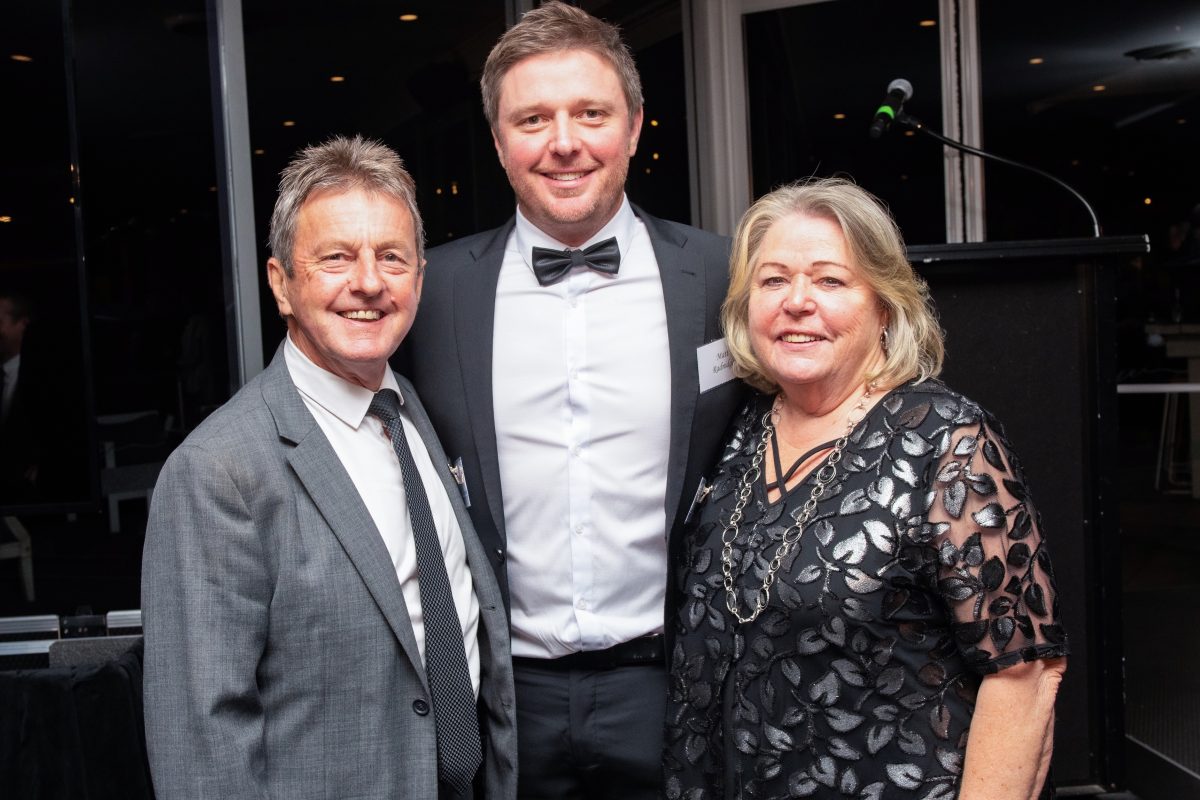
Matt Radnidge with parents John and Margaret. Photo: Brad Chilby/Chilby Photography.
The Grover family took over next and over their 25-year stewardship, played an instrumental role in shaping Symbio Wildlife Park into the much-loved attraction it is today.
“Their passion, commitment, and vision laid the groundwork for what would become a thriving and iconic destination,” Matt says.
On this solid platform, the Radnidges grew Symbio into the multiple award-winning institution it is today; but the road was long and winding.
When John and Margaret Radnidge took the reins of Symbio Wildlife Park, they stepped into a pivotal moment in its history — one that required courage, sacrifice and belief in the park’s potential, as they guided the park through what was arguably its most challenging era.
The first 10 to 15 years were spent in “the grind of a start-up”, as Matt calls it.
“With no safety nets and everything on the line, my parents weathered the storms of tourism, compliance, animal care, and infrastructure. They did the hard yards so no-one else would ever have to do it quite that hard again.”
The first big turning point came just a year in, when the 2001 Black Christmas bushfires tore through the area.
“It was actually reported that Symbio was razed to the ground, but in fact there was no loss of infrastructure or life. I don’t know how, but the fires went around us. In my opinion, it was a miracle,” Matt says.
“That said, we were not unscathed. Usually, the Christmas period would set a business like Symbio up for the year … For our first 12 months we were just treading water, clawing to a point where we hoped to have our first busy period.”
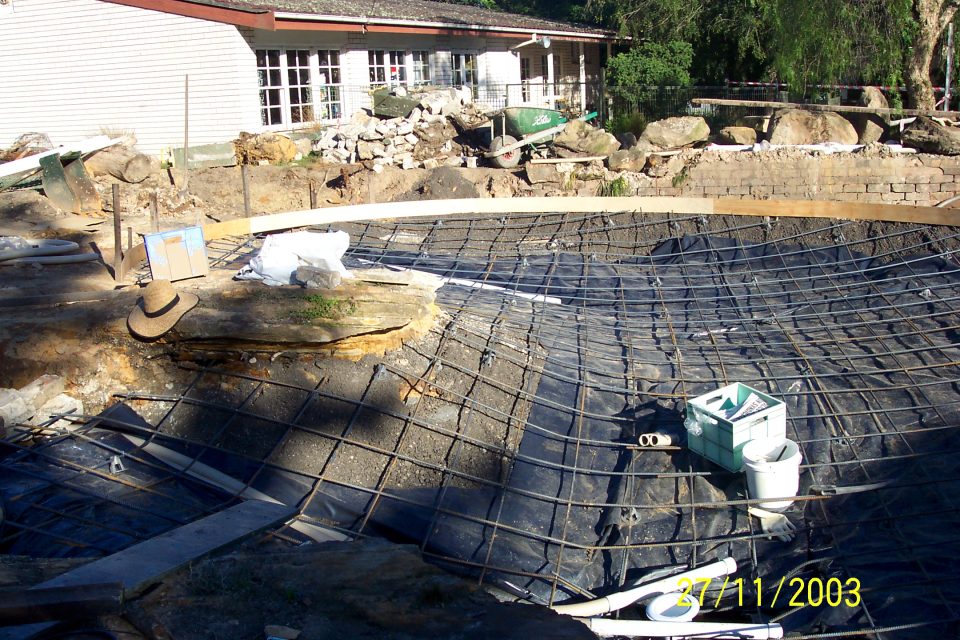
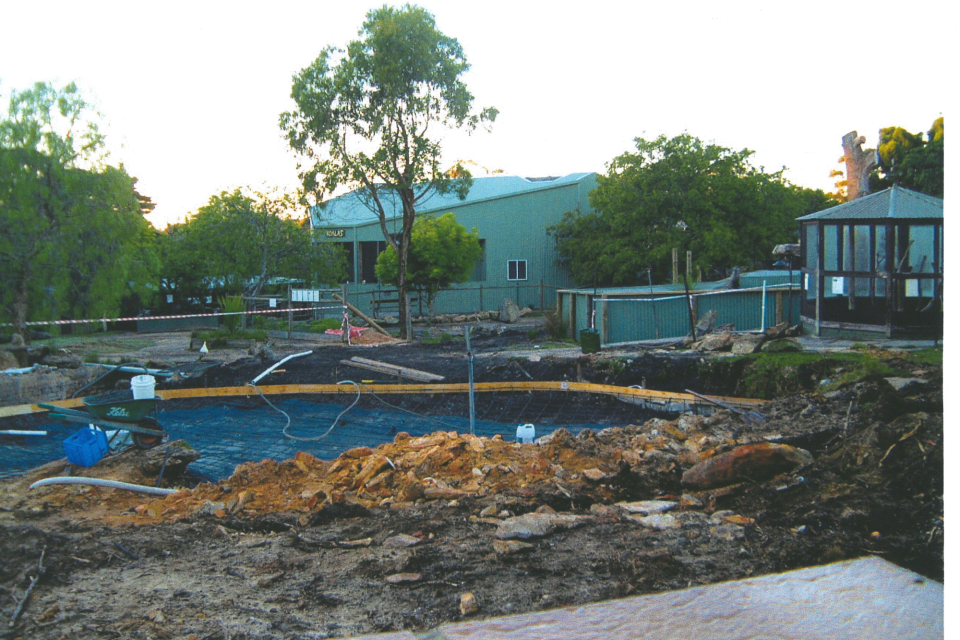
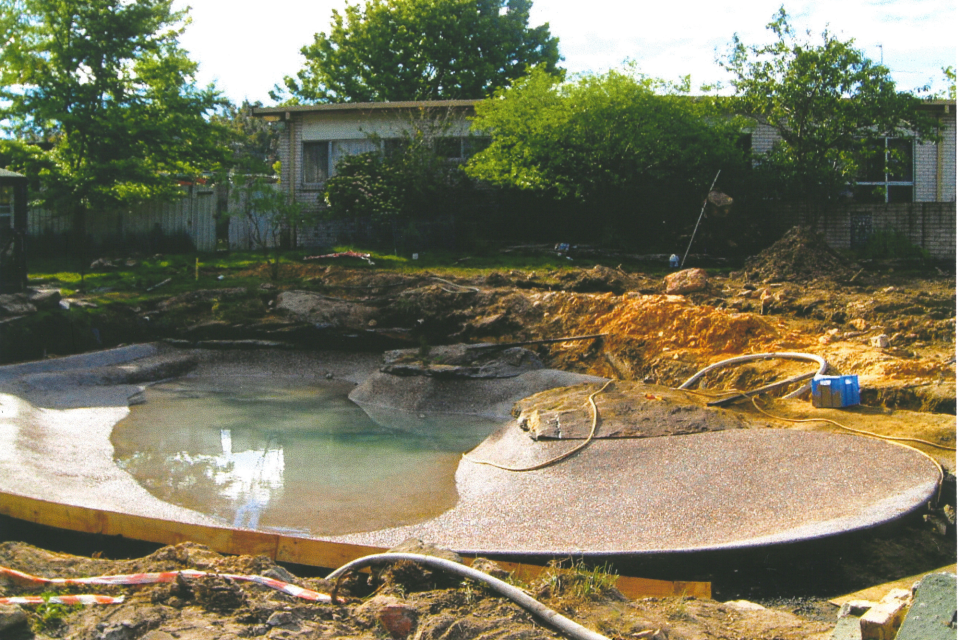
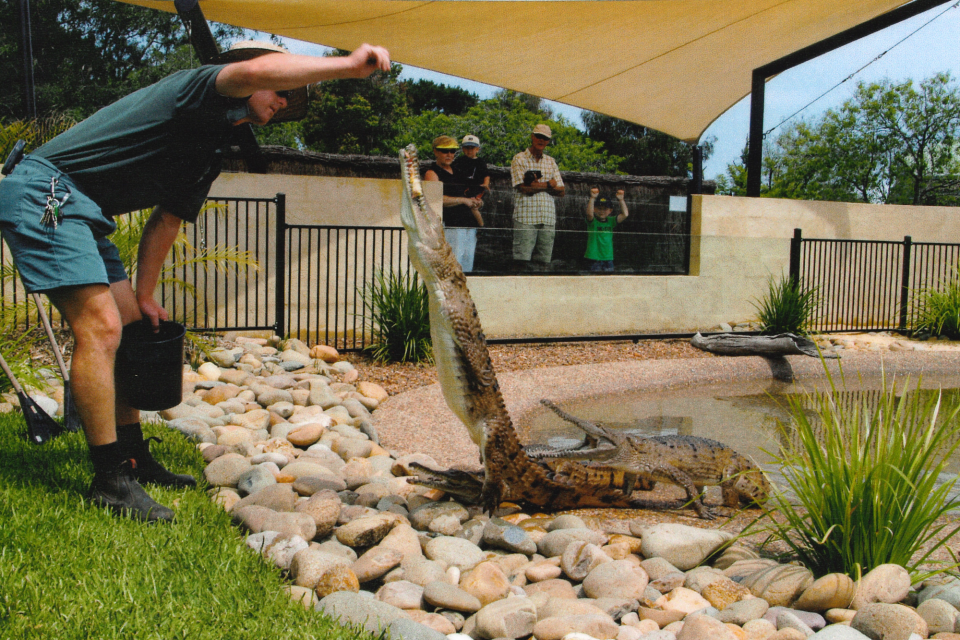
It wasn’t just about survival — it was about shaping the identity of Symbio’s next chapter. About four years into their reign, the Radnidges were able to put their stamp on Symbio in the form of their first habitat for its freshwater crocs.
“My brother Michael designed and built it in-house; our own blood, sweat and tears went into it, and to this day it’s one of the most beautiful spaces there,” Matt says. “It was a flag in the sand of our intent and capacity.”
The park continued to evolve, growing in its skin inch by inch, habitat by habitat, animal by animal. Its reputation grew as well, and in 2007, it became one of the first two wildlife parks — alongside Adelaide Zoo — to be accredited under a new national zoo framework.
“For us, that was a hell of a milestone — across whole Australasia, little old Symbio was to be part of this formative framework,” Matt says. “To stand there among industry giants seven years into our journey was a proud and momentous occasion.”
But the journey wasn’t always smooth. From swine flu and SARS to COVID and avian flu, the park has navigated a relentless stream of biosecurity challenges over the years. Protocols, procedures and continuity plans came together, so the public could experience Symbio unaware of the frantic behind-the-scenes work.
These days, it’s about homing in on their mission, purpose, vision and value proposition.
“There’s a lot to be said about the role animals play and how we display that story and communicate it to people is ultimately powerful and very important,” Matt says.
“At Symbio, people love that you don’t feel 100 metres from everything. We want them close and for them to have that connected ‘wow’ moment, because when people have those emotions, that’s when change can happen.”
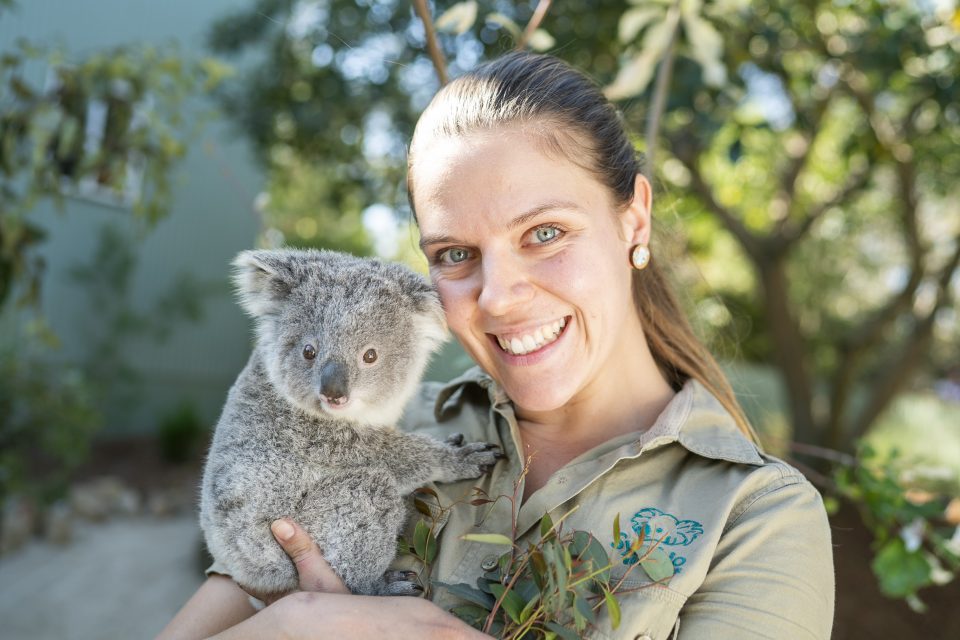
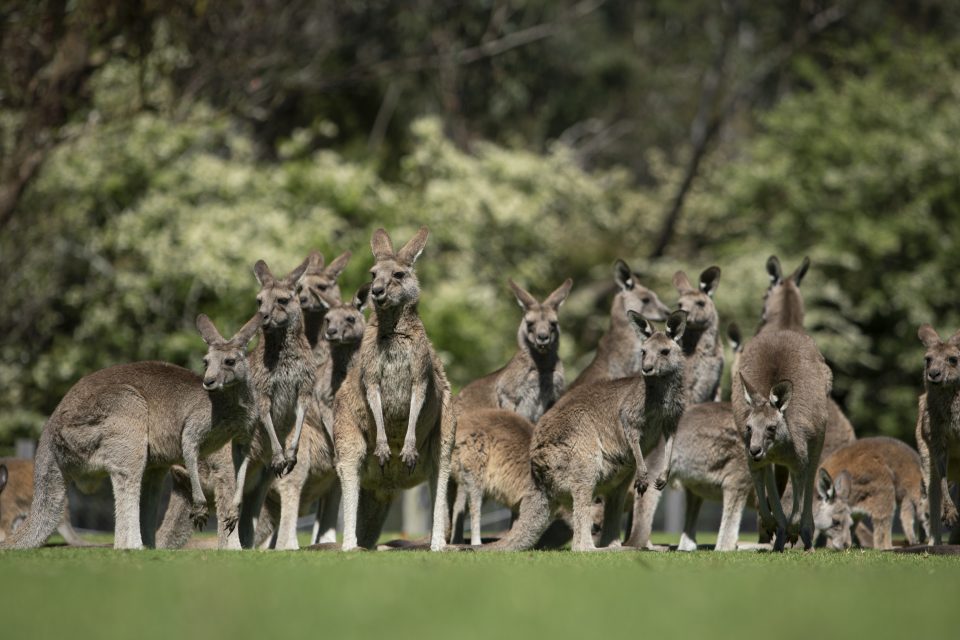
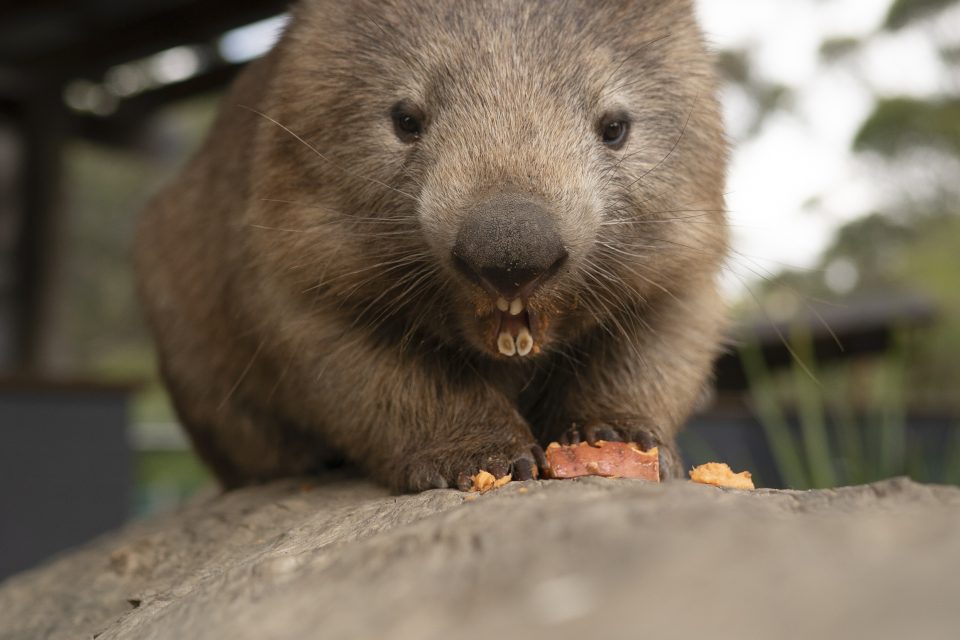

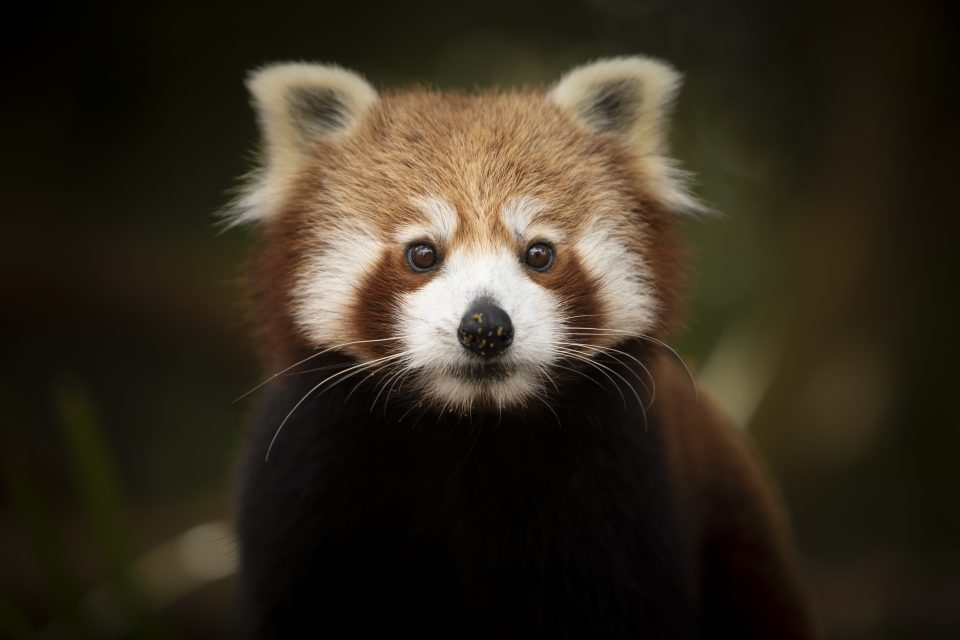
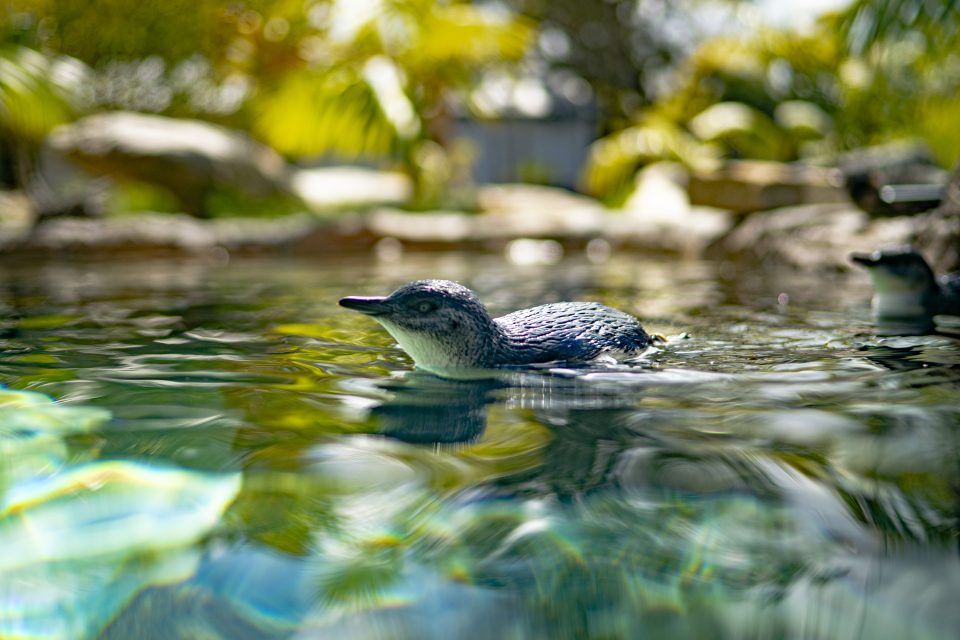
Now Symbio is preparing for its next big milestone — the launch of its not-for-profit arm, the Symbio Conservation Foundation.
Ambitions for the future are lofty — self-sufficient energy, complete water harvesting, full waste recovery, but most of all, a measurable conservation impact. That’s why Matt describes the foundation as the “for purpose” part of the business, the legacy of his generation’s reign.
“As we’ve grown through the Symbio journey, it’s felt more like a custodianship than an ownership. What we do is bigger than us,” he says.
“I think overall, our conservation work — rewilding species to where they belong — will be our greatest contribution. It’s even in our name. Symbio is derived from symbiosis or a symbiotic relationship, multiple organisms working together for mutual benefit. There’s no better name in the zoo industry, in my opinion.”
And after more than five decades — give or take — Symbio’s long walk through time is still very much in motion.




